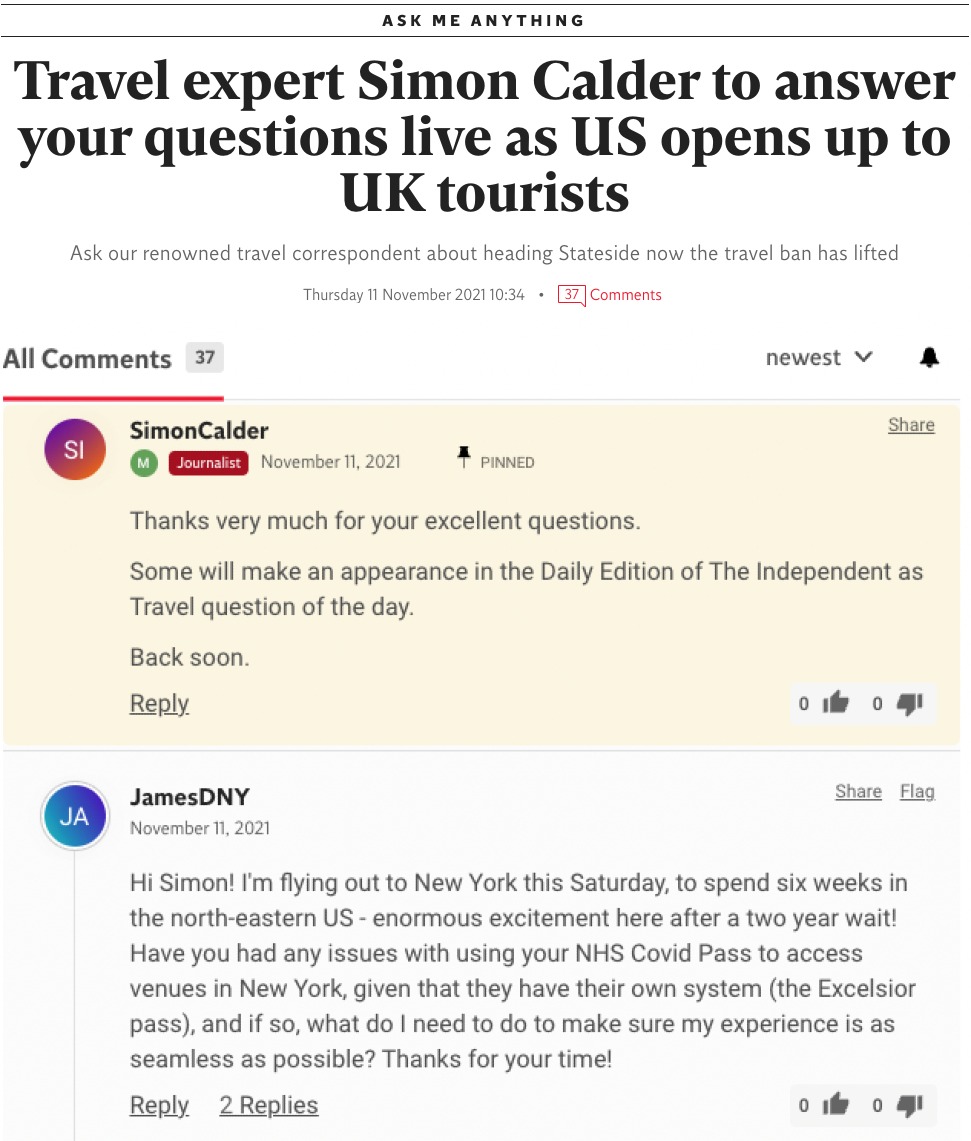Audience engagement managers have become a core component of publishing teams in newsrooms across the country. An audience engagement manager’s primary purpose is to manage how the audience evolves from casual readers to engaged members of the community.
To do that, they need the right audience engagement solution to moderate how people flow through the customer journey across your website. You want a platform that will encourage conversations to occur about your content so that people form an attachment to your brand and your community.
Brand attachment and affinity breeds customer loyalty. As an audience engagement manager, customer loyalty is one of the most important KPIs to measure the effectiveness of your strategy. Using the right audience engagement platform, you can leverage detailed audience profiles built upon first-party data insights to create the types of personalised content experiences that will help build that customer loyalty.
Know your target conversion rates
The aim of most publications is to increase the number of subscribers who willfully choose to consume and interact with your content. These companies use metrics like paywall stop rates to measure how many unique visitors are choosing to go beyond the paywall and become subscribers. A metre stop rate of 5 to 7 percent should be the target to measure effectiveness; if you’re performing above that threshold, you have a very active and engaged audience.
As the audience engagement manager, you also want to segment the types of people who are hitting your paywalls into different tiers of users. Start by creating segments for the one-time and passive visitors, which are people who interact with one to five pieces of content over the course of a month’s timeline.
Then there are the active users who regularly consume your content, perhaps on a daily basis. According to The Shorenstein Centre on Media, Politics and Public Policy, a subsidiary of the Harvard Kennedy School research centre, approximately 9 percent of your users can be classified as active or regular readers of your content.
With those benchmarks in hand, an audience engagement manager can formulate strategies for how to meet or exceed those targets.
Identify the needs and interests of key demographics
As an audience engagement manager, you need to create content and communication strategies that speak the same language of your target audience. To do that, you need to develop deeper insights into what topics get their attention, how they’re likely to interact with different pieces of content and, perhaps most importantly, what is least likely to earn their attention and engagement.
One of the best ways to monitor that engagement is to use the right on-site metrics. As an audience engagement manager, you can use first-party data like page views, on-site engagement actions, time spent on pages, overall retention rates, and more insights to build rich audience profiles.
Those profiles will tell you more about what your readers are most interested in when interacting with content on your website. Using those insights, you can develop personal engagement tactics to grow the size of your audience base and guide more people to become those highly valued active consumers of your content.
What to look for in an audience engagement platform
So what is the type of solution best suited to help you create effective audience engagement strategies that help drive higher subscriptions and fuel growth for the business? Above all else, you need to know that the platform you integrate into your site can help you achieve your goals for the business.
Remember that sustainable audience growth is based on engagement and the valuable exchange of moments you have with your community. A beneficial audience engagement platform should help you acquire predictive analytics and data-driven insights to make logical decisions with your content, which will further enhance the value of your website experience.
Focus on how to drive up customer loyalty
For example, a strong audience engagement platform will improve engagement across your website. It can potentially increase conversion rates up to 25 times above existing site conversion rates.
Higher engagement and conversion rates is an excellent indicator of user lifetime value, which is indicative of strong customer loyalty among your users. Graham Media Inc. was one media company that sought to achieve this exact objective and, thanks to their partnership with Viafoura, they were able to boost user lifetime value by over 150 percent.
Final takeaways
Above all else, any audience engagement solution you implement should be provided by experts that can function as partners to your business rather than simple vendors. Your partner should be proactive by providing you with strategic recommendations on how best to gain those valuable insights from the platform. Once you have that first-party data on hand, you can focus on how to implement the takeaways and optimise your content to help drive direct impact on your business.
By leaning on insights gleaned from these platforms, audience engagement managers can spend more time on the big picture. You can focus more time coaching the rest of your publication team on how best to use these insights and improve engagement with audiences across all digital channels.
















